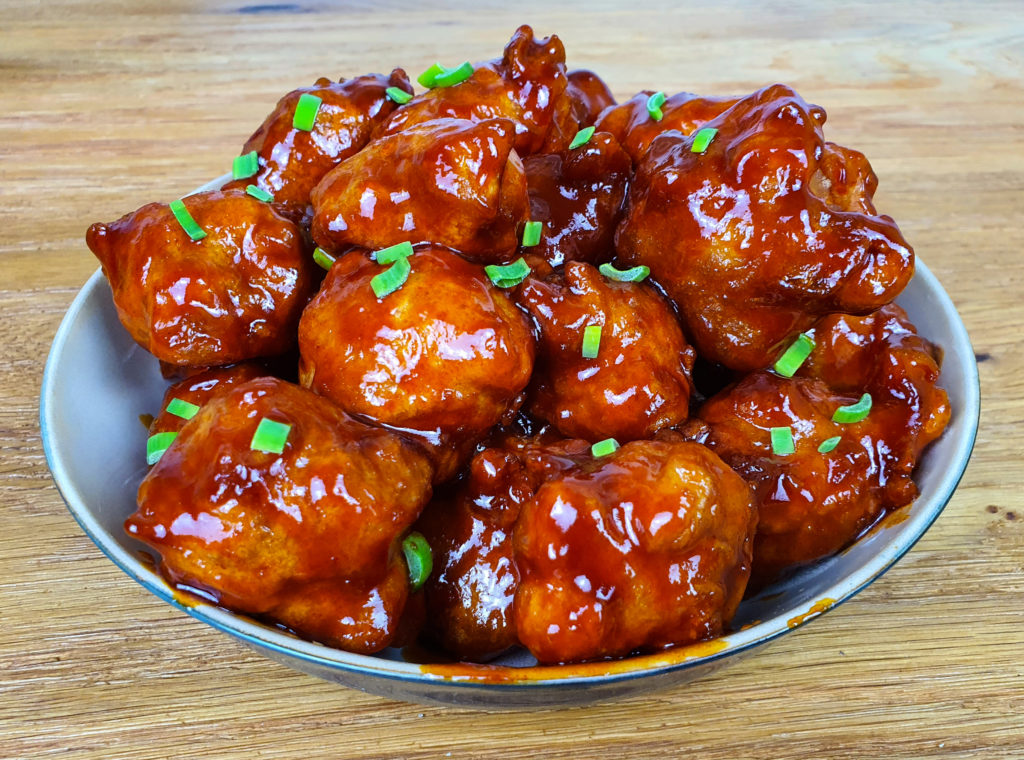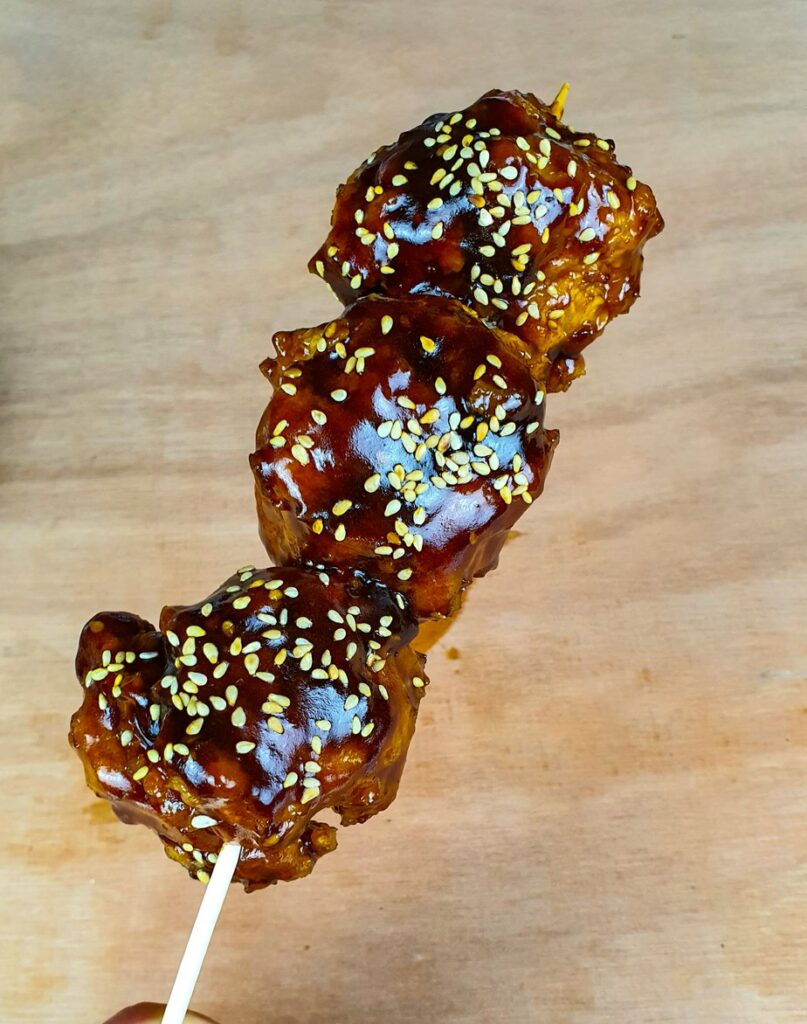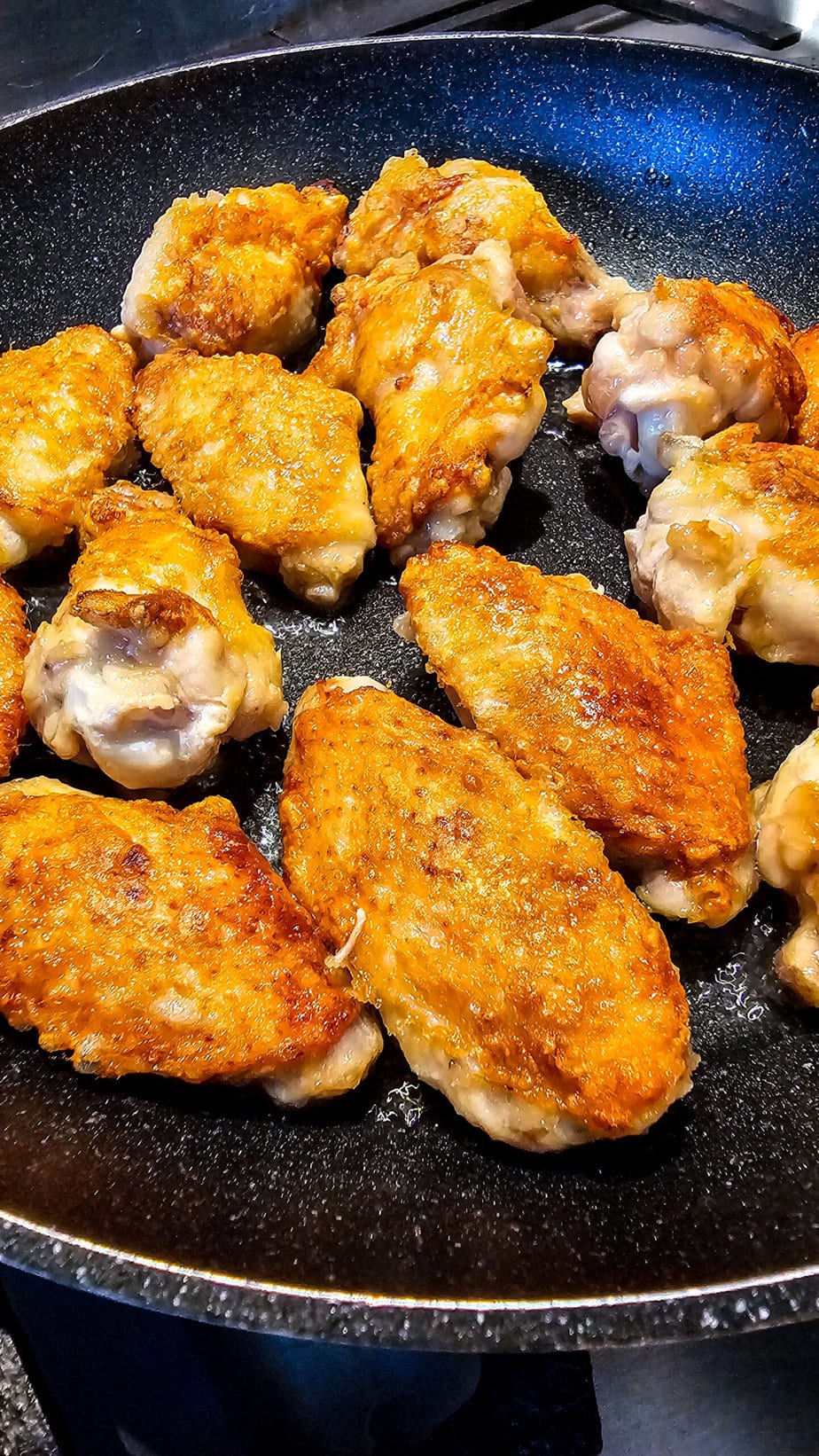Cornstarch, sometimes referred to as corn flour or Maizena, is extracted from the endosperm of corn kernels. This white, powdery substance is used for countless culinary, household, and industrial applications.
First developed in 1844 in New Jersey, cornstarch is now manufactured in major corn-producing countries such as the United States, China, Brazil, and India. In cooking it is most often used as a thickening agent for marinades, gravies, sauces, glazes, soups, casseroles, pies, and other desserts.
You will find it in kitchens around the globe, with North American cuisine and China leading in both production and consumption.

Cornstarch vs wheat flour
Most flour is made from wheat. Cornstarch, however, comes from corn and is composed solely of carbohydrates (no protein), making it naturally gluten free. For this reason it is an excellent substitute for flour-based thickeners in sauce recipes.
It is often preferred over flour because the resulting gel is translucent rather than opaque, has virtually no flavor, and offers roughly twice the thickening power.
Flour and cornstarch can be used interchangeably in fried batters. They can also be combined in baked goods like cakes, where cornstarch tenderizes the flour to create a finer crumb and lighter texture.
However, you should not replace large amounts of flour with an equal amount of cornstarch; the ratios need to be adjusted. In gluten-free baking, cornstarch is usually combined with other wheat-free flours.
Uses for cornstarch
Cornstarch is valued for its thickening ability. It consists of long starch chains that, when heated with moisture, unwind and swell. This swelling, called gelatinization, is what thickens liquids.

You can also toss fruit in a little cornstarch before baking pies, tarts, and other desserts. The thin coating blends with the fruit juices and thickens as it cooks, preventing a watery or runny filling.
Cornstarch also works as an anti-caking agent. Shredded cheese is often dusted with a thin layer to keep it from clumping in the package. The starch absorbs moisture from condensation and prevents a slimy texture. For the same reason, a small amount is frequently blended into powdered sugar.
How to cook with cornstarch?
Never add cornstarch straight to a hot liquid; it will clump instantly. First stir it into a room-temperature or slightly cool liquid (usually water) to create a slurry, then whisk that into the hot mixture. This distributes the starch evenly before it begins to swell and thicken.

Mixtures that contain cornstarch should be brought to a full boil before cooling. They may appear thick after gentle heating, but if the starch is not fully gelatinized it will release moisture as it cools and the mixture will thin out again.
Avoid freezing sauces or other preparations thickened with cornstarch. Ice crystals will break down the gelatinized starch matrix, and the mixture will become watery and pasty when thawed. Cornstarch also appears in the marinade for my mango chicken.
How to substitute cornstarch?
Several ingredients can stand in for cornstarch. All-purpose flour works well for sauces, but you will need to use twice as much. Arrowroot (maranta) is a 1:1 replacement, as is potato starch, though potato starch requires extra whisking to prevent clumps.
Tapioca starch (or flour) is another excellent option; use 2 tablespoons for each tablespoon of cornstarch. Rice flour also works, but you will need about 3 tablespoons to match the thickening power of 1 tablespoon of cornstarch.
How to store cornstarch?
Because cornstarch readily absorbs moisture, it should be kept in an airtight container where it is protected from ambient humidity.
Store it away from extreme heat. A cool, dry pantry is ideal, and when kept properly cornstarch will last indefinitely.

